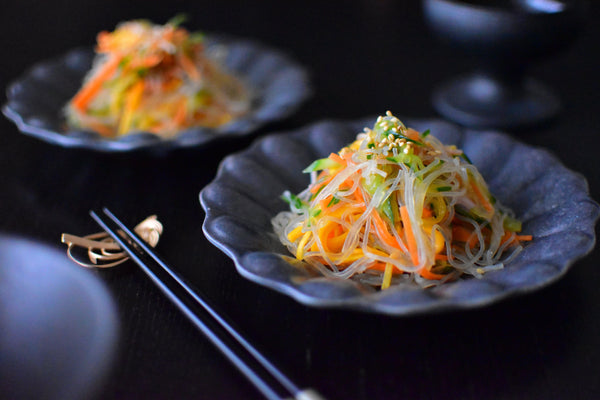
How To Make Harusame Salad (Japanese Glass Noodle Salad)
If you are familiar with Asian cuisines, you are likely to come across glass noodles. They are commonly found in dishes from China as well as Korea, Thailand, Vietnam, and Japan. In this recipe, we are going to introduce Harusame Salad, or Glass Noodle Salad, one of the famous side dishes in Japan.
Glass noodles are made from various starches such as mung bean, potato, sweet potato, or cassava. Japanese call glass noodles "Harusame," which means “Haru”=spring and “Same (Ame)”=rain. This beautiful name comes from its visual appearance. When combined with other ingredients, the translucence of glass noodles is reminiscent of a spring rain, creating a beautiful and refreshing dish.
As you might know, glass noodles are not an authentic Japanese ingredient. It is said that glass noodles began their history over 1000 years ago in China and arrived in Japan during the Kamakura era as part of Shojin Ryori. Now, glass noodles are widely known among Japanese people and used for daily meals.
Glass noodles are versatile and can be used in various dishes, such as stir-fries, soups, and salads. The chewy and slippery texture is unique and pairs well with vegetables, meats, and seafood. As they do not have a particular taste or flavor, they also pair well with various seasonings and absorb them while maintaining their texture. This feature sets glass noodles apart from other noodles or pastas.
On the other hand, what makes glass noodles akin to other noodles is their preservation. Just like other noodles, glass noodles are preservable as they are sold dried. Keeping a package of glass noodles in your pantry will provide a quick and convenient meal option. If you are short on time or having trouble finding glass noodles around you, we have them available on our website. Feel free to check them out and enjoy making glass noodle salad at home!
Overview
Prep time: 15 mins
Cook time: 15 mins
Total time: 30 mins
Total servings: 4
Difficulty: Easy
Ingredients
- 50 g Harusame (Dried Glass Noodles)
- 120 g Cucumber
- 60 g Carrot (without peel)
- 20 g Sliced Ham
- 1 g Salt
- 1 Egg
- 1/2 tsp Sugar
- a pinch of Salt
- Cooking Oil, as needed
- 1 Tbsp Soy Sauce
- 1 Tbsp Rice Vinegar
- 1 Tbsp Sesame Oil
- 1 Tbsp Sugar
- 1/4 tsp Chicken Broth Powder
- Roasted White Sesame Seeds, as needed
Expert's Tip

Instructions
1) Gathering the Ingredients & Making the Salad Dressing
2) Cutting the Ingredients Into Matchsticks
3) Beating the Eggs
4) Making the Egg Sheet
5) Cutting the Egg Into Strips
6) Boiling the Harusame (Glass Noodles)
7) Putting the Harusame Salad Together
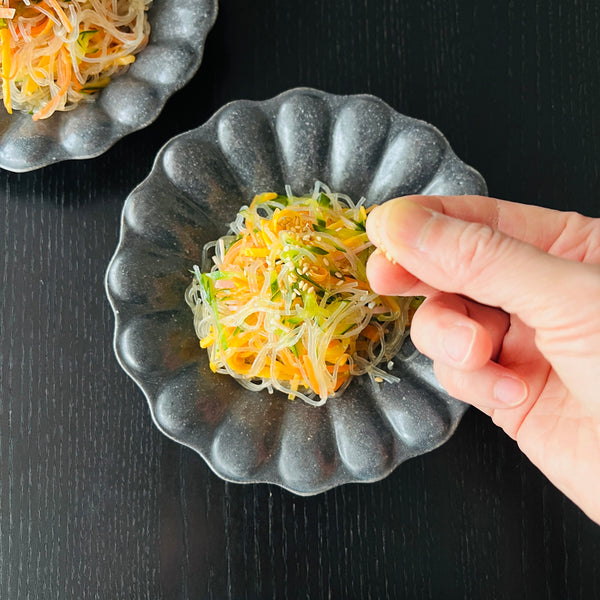
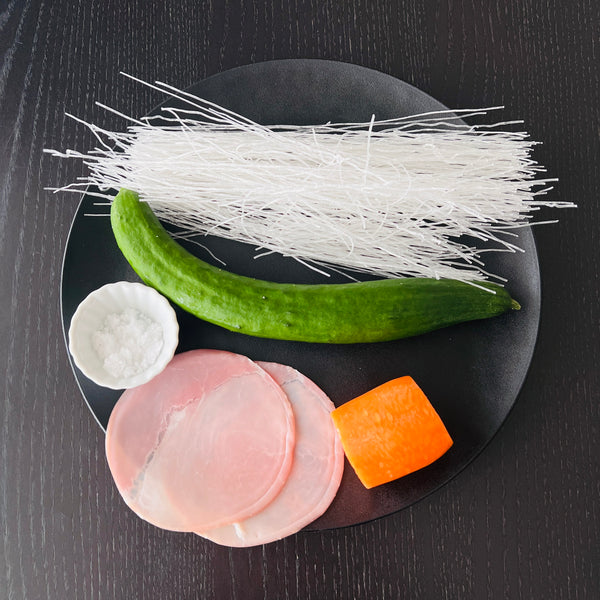

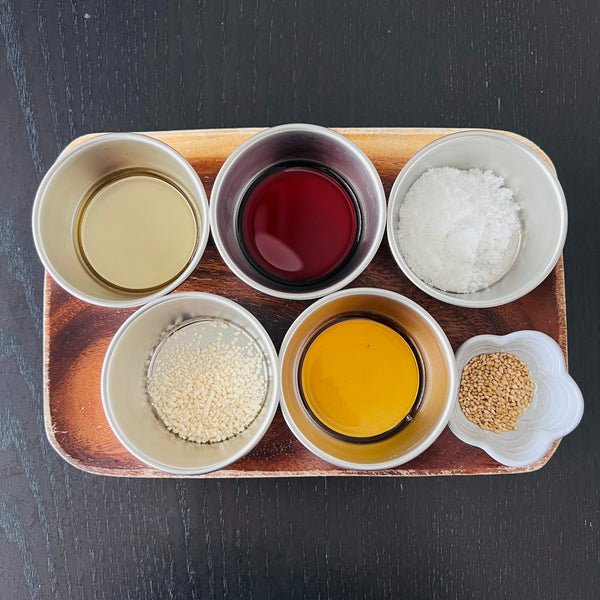
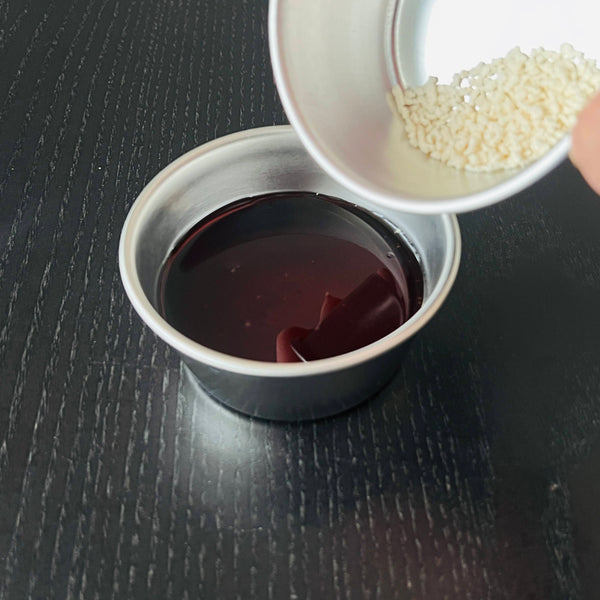
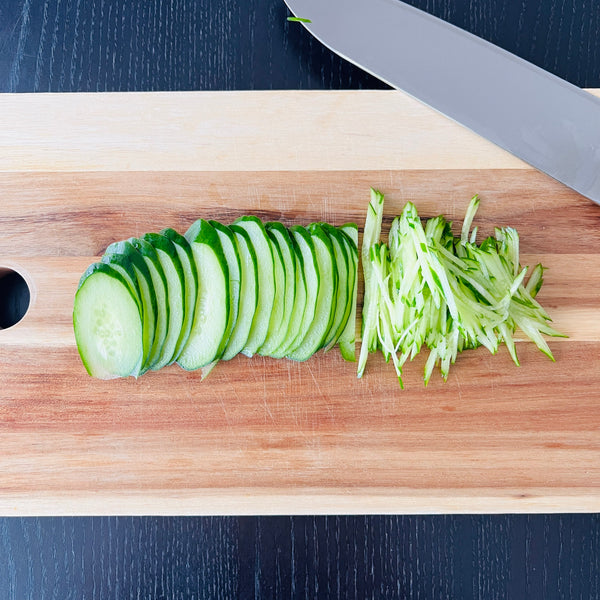
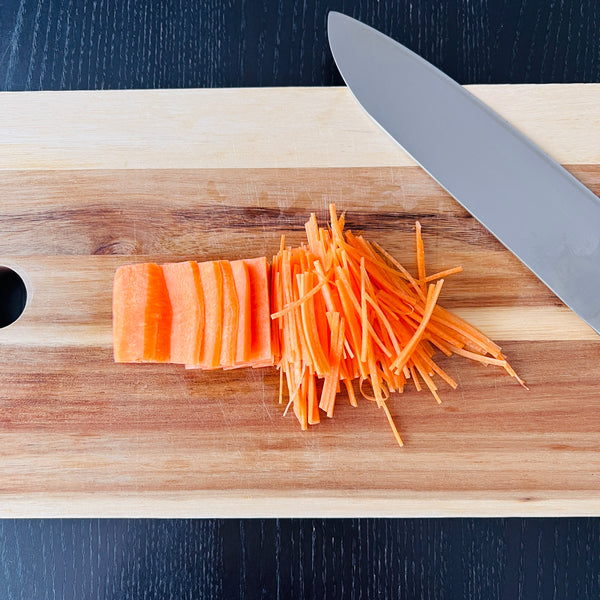
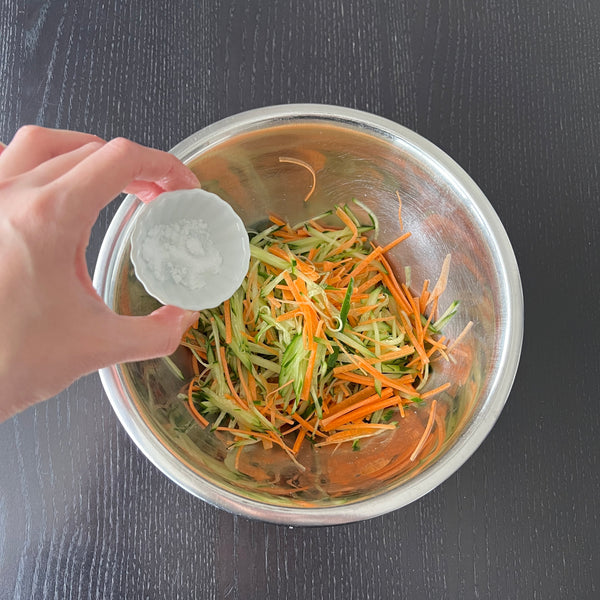

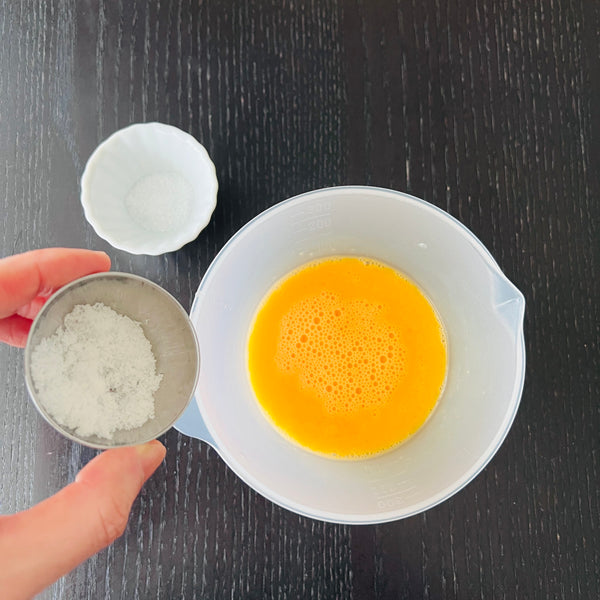
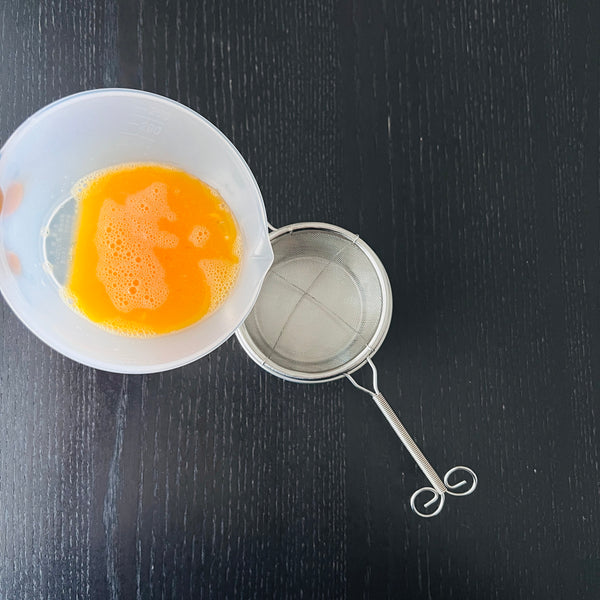
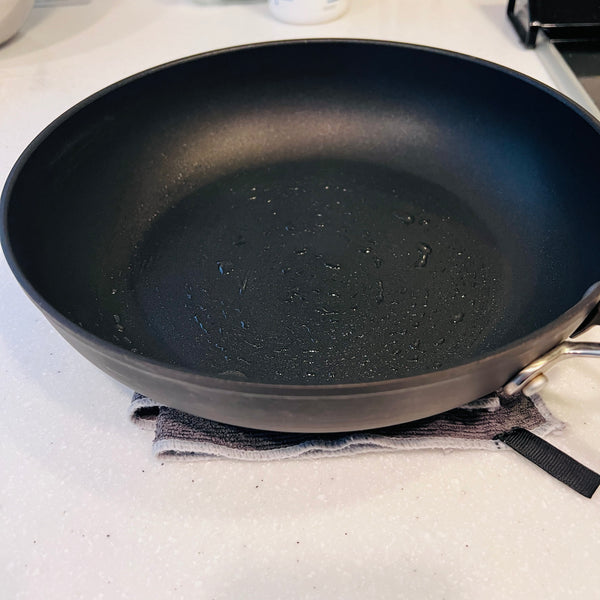
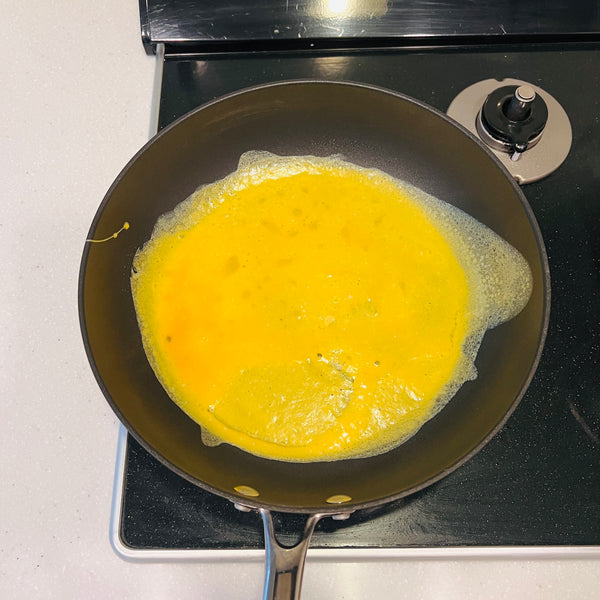
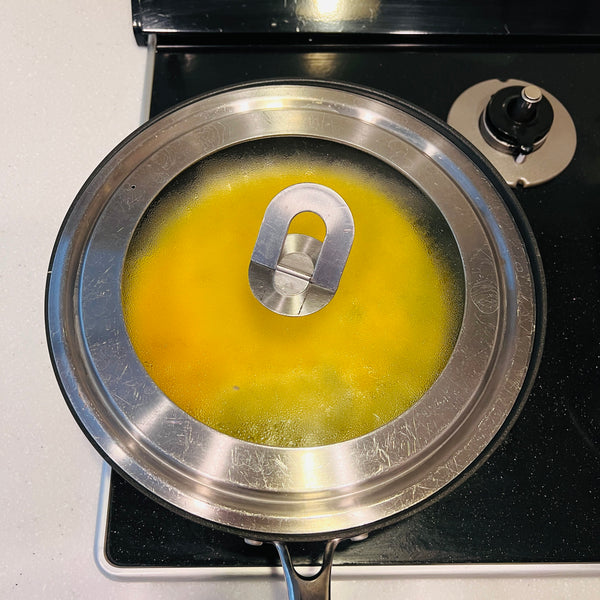
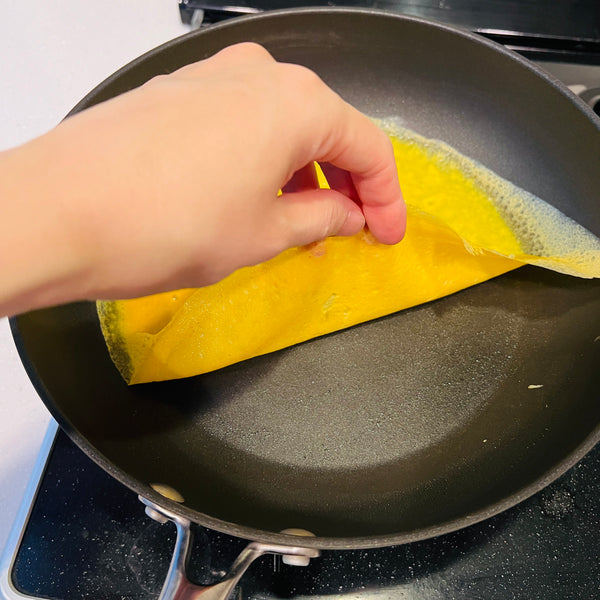
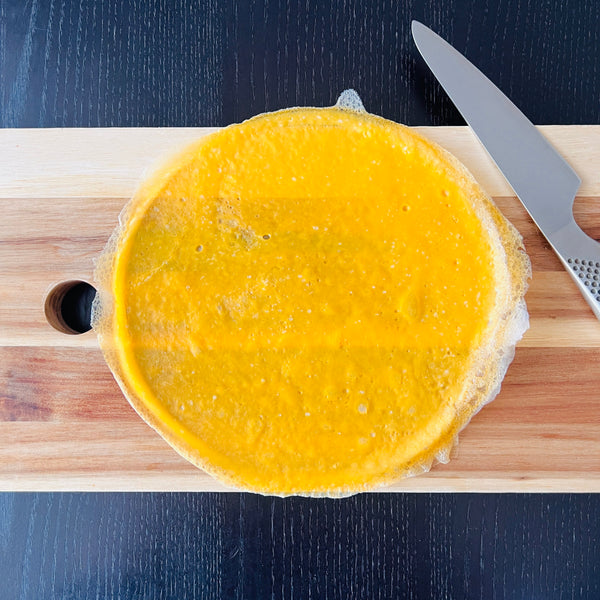


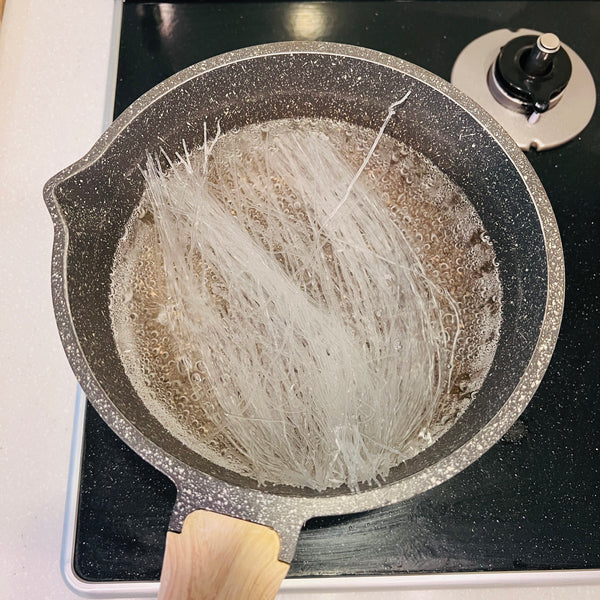
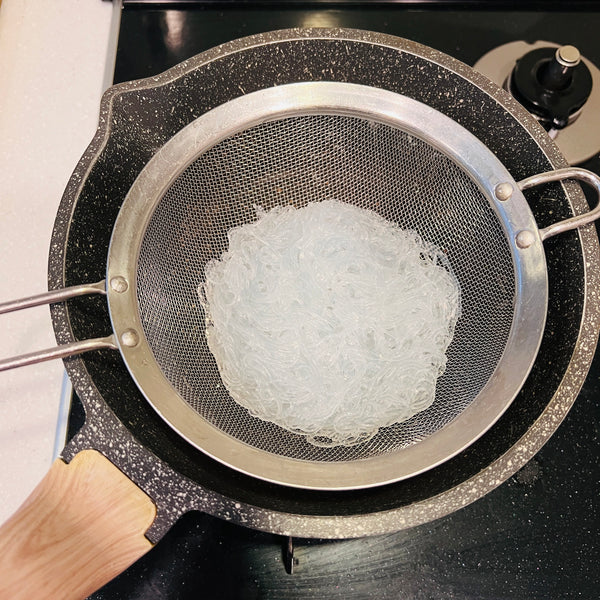
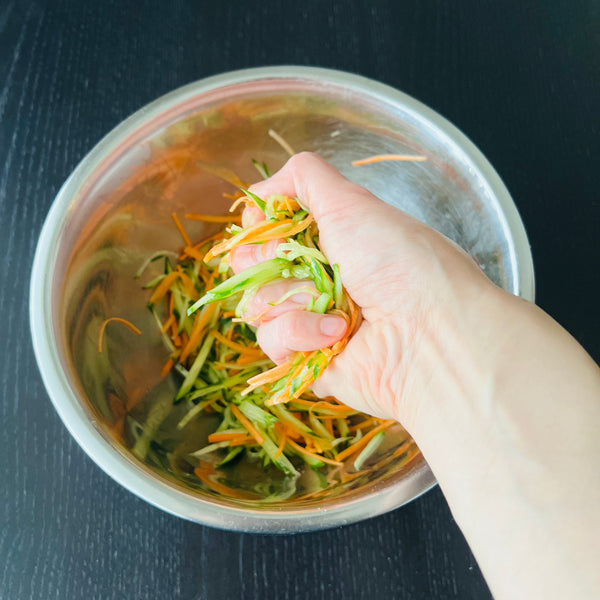
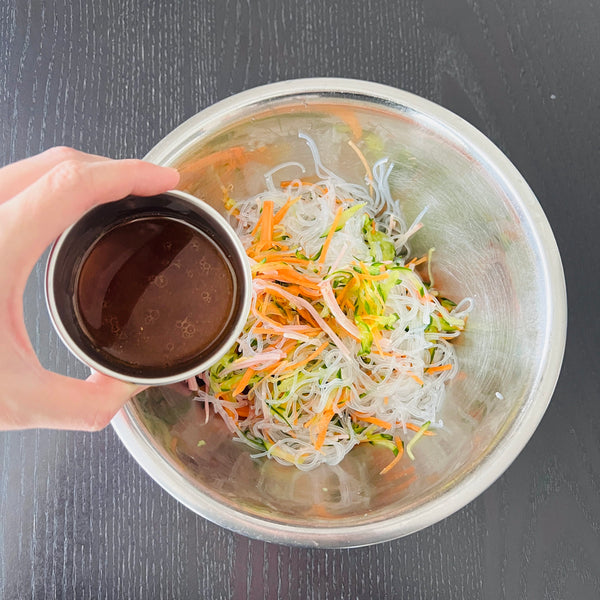
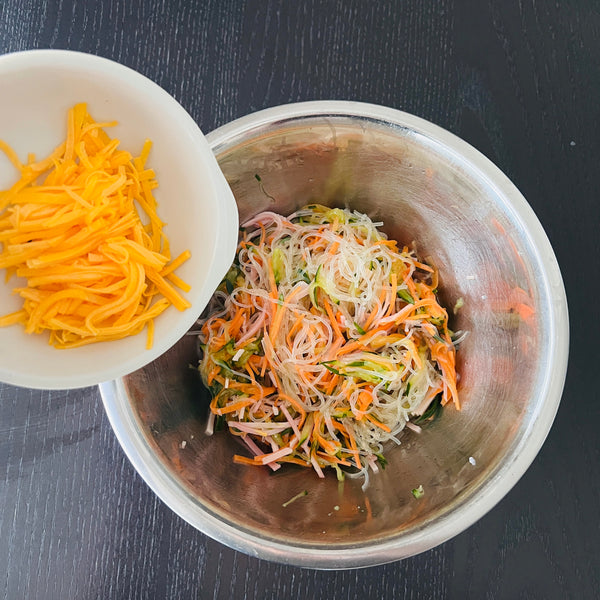

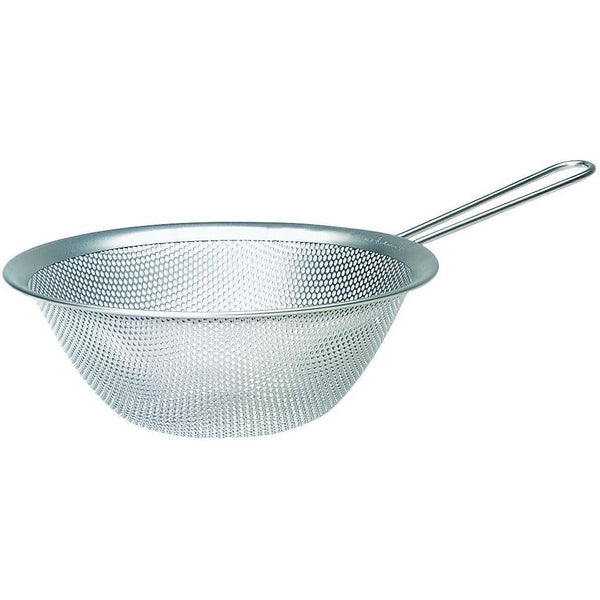
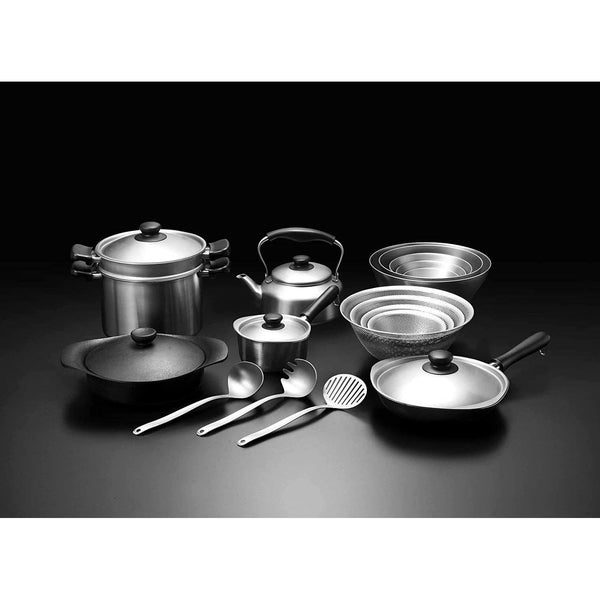

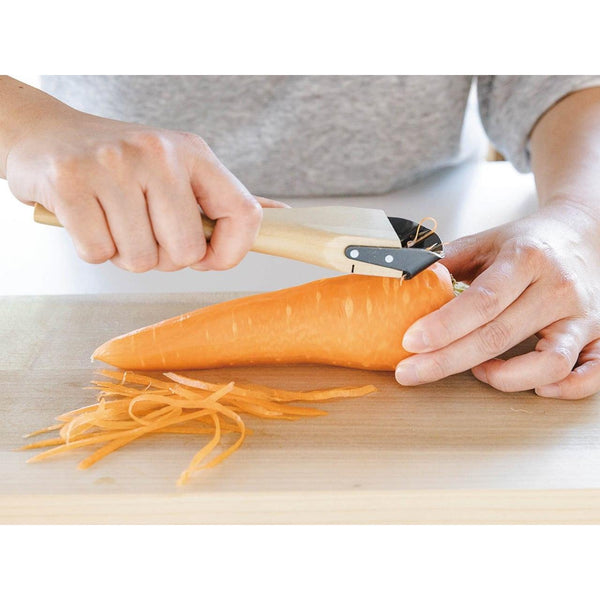

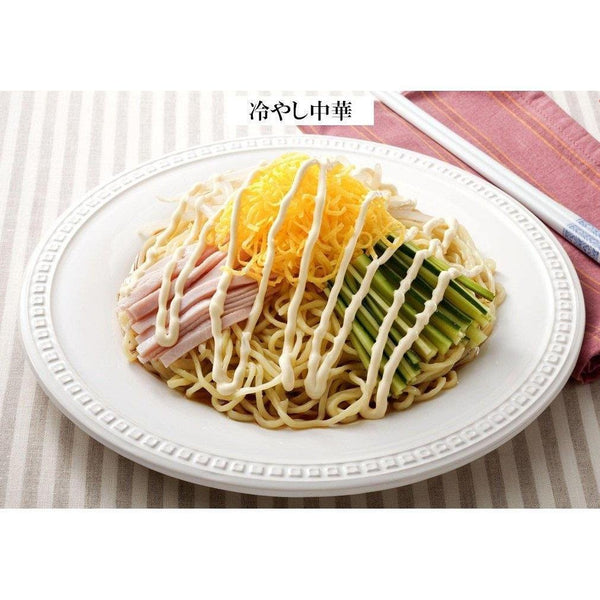


0 comments